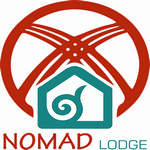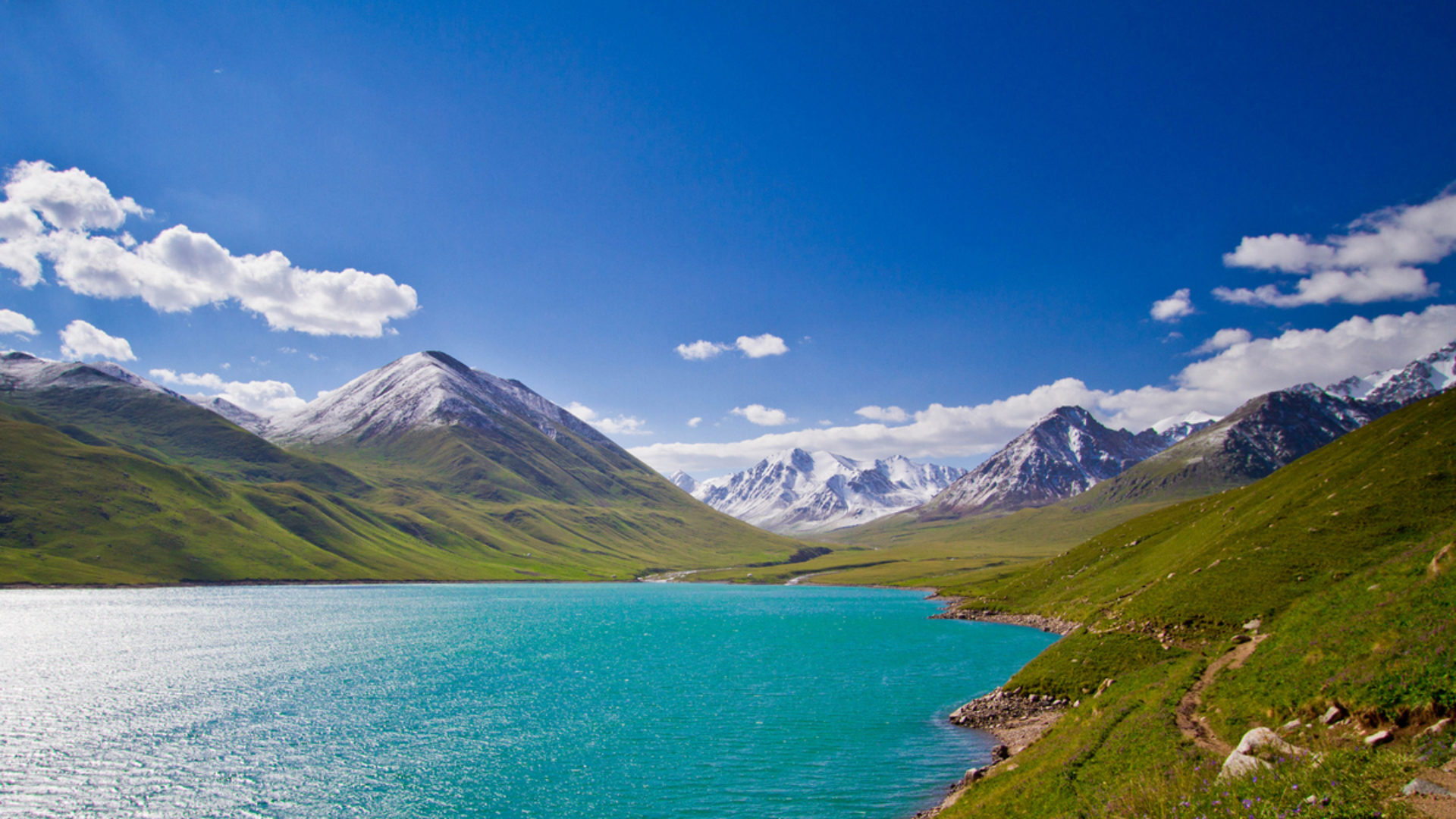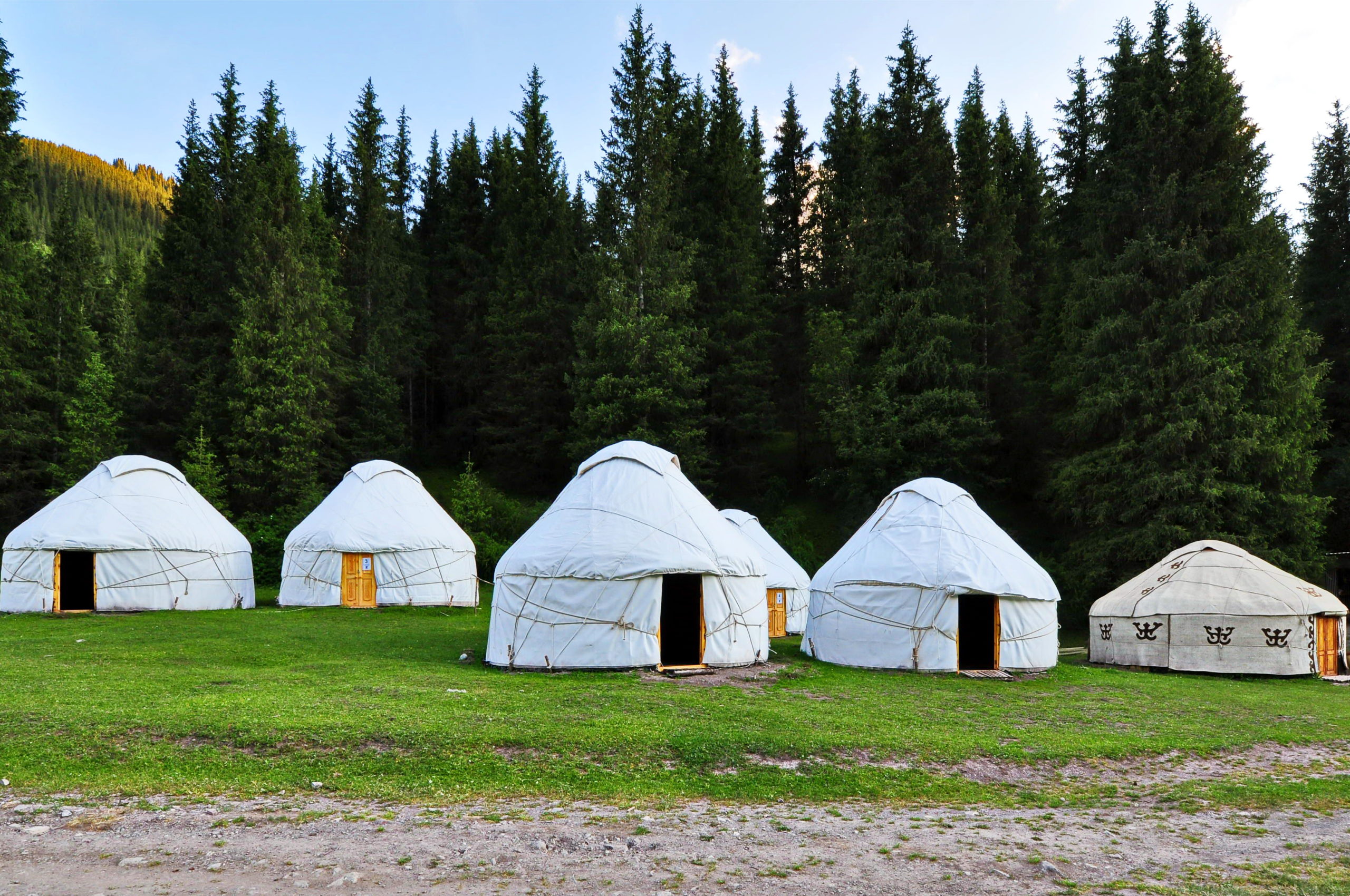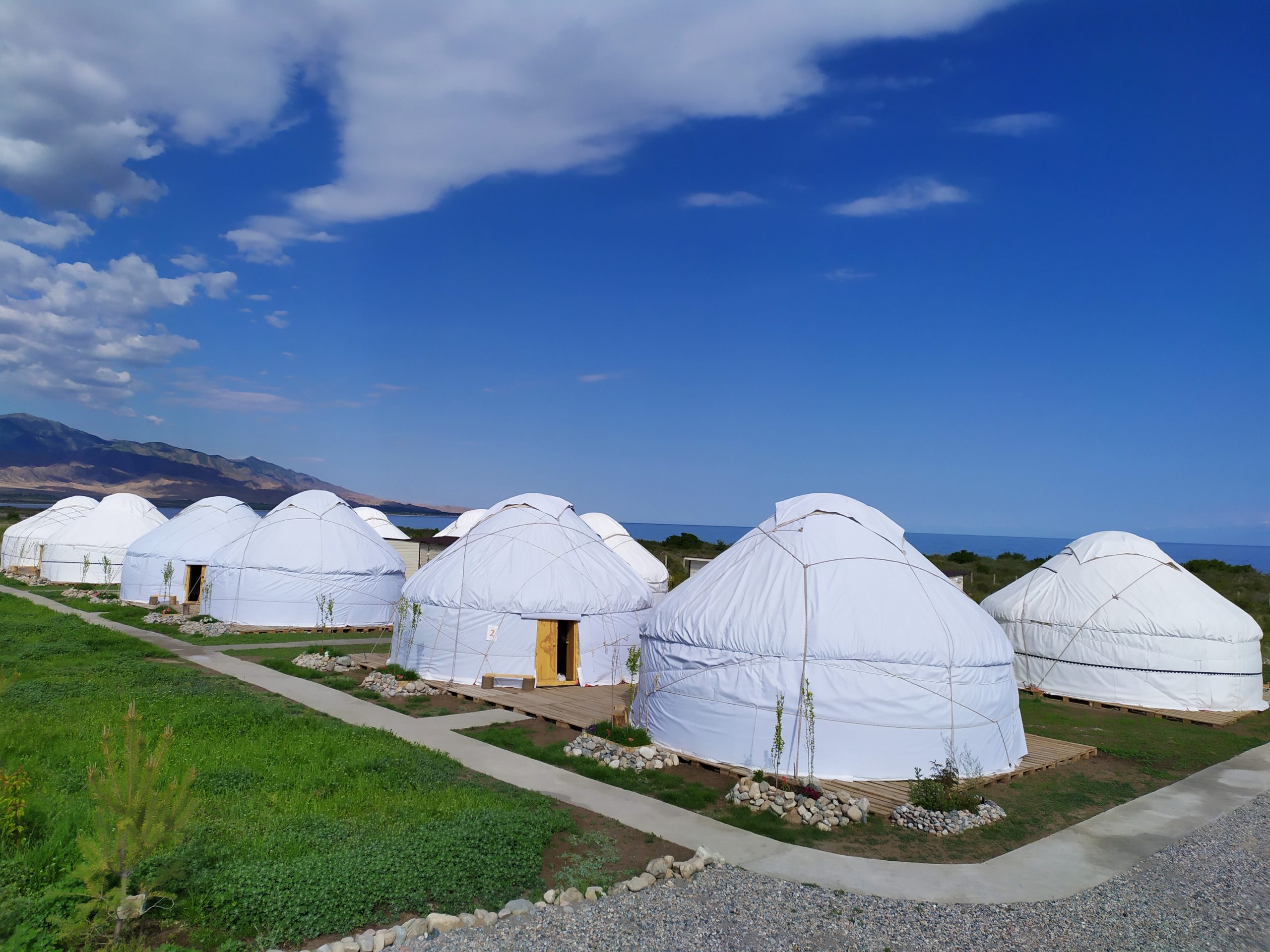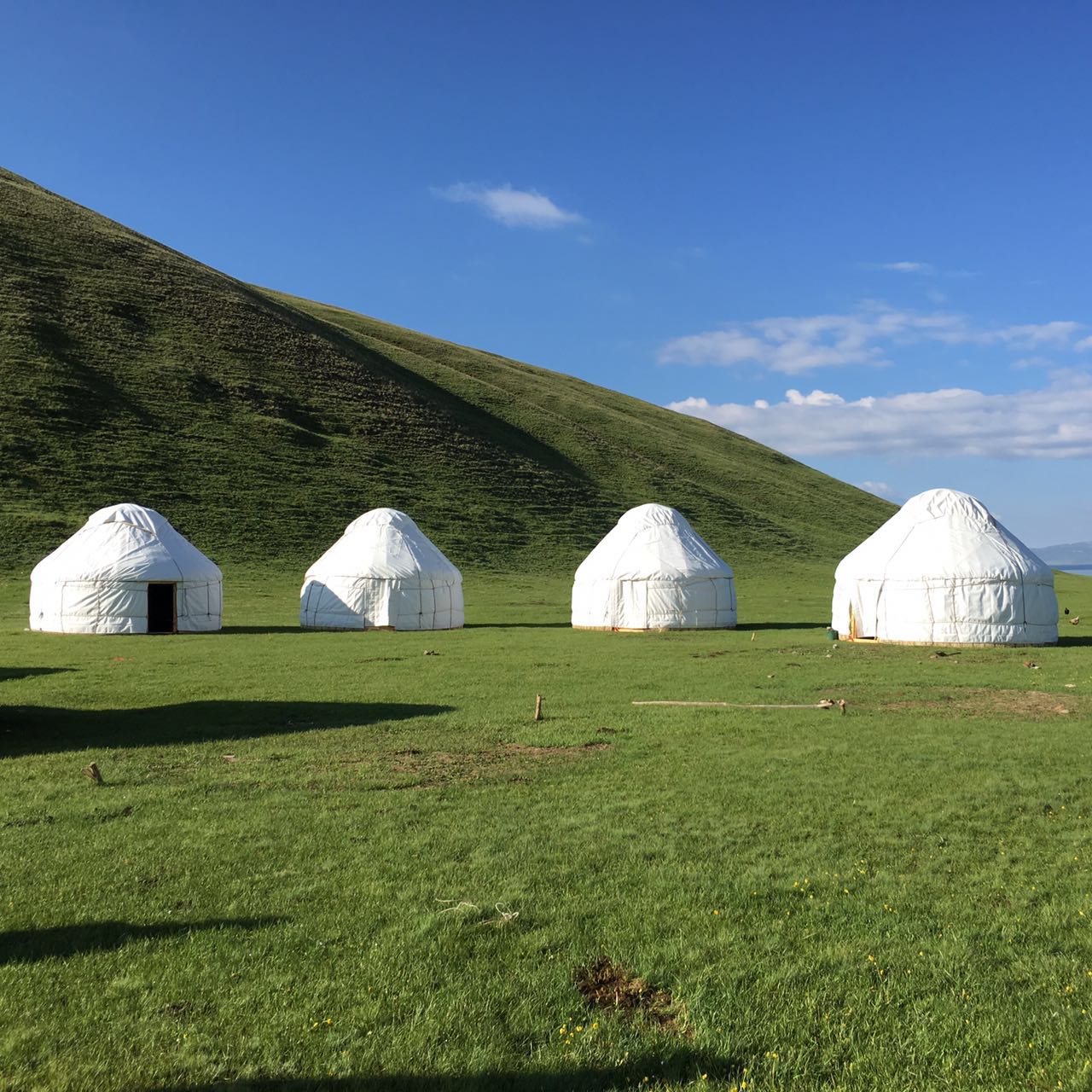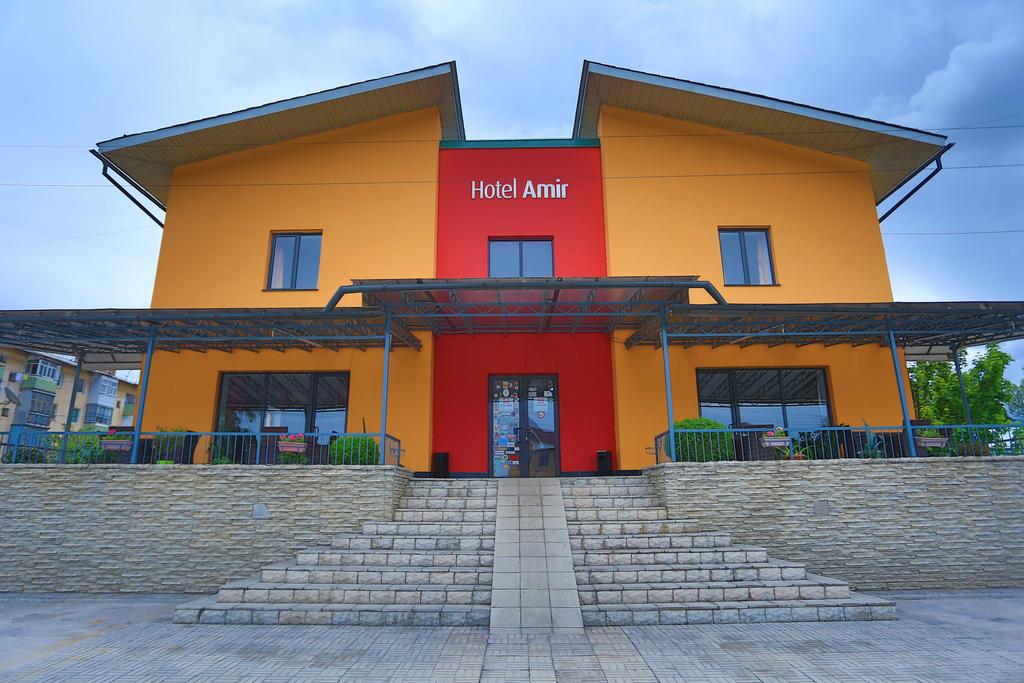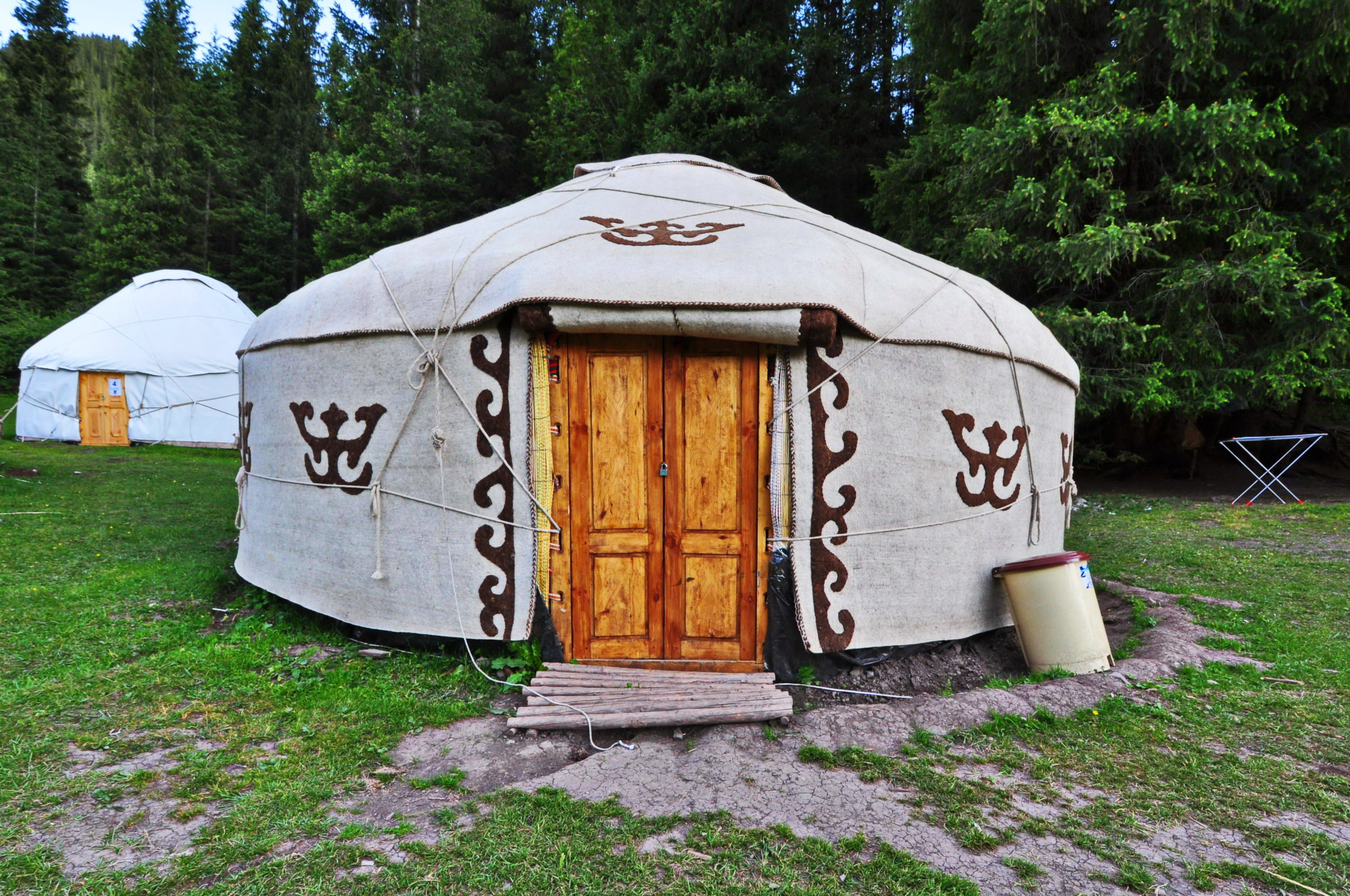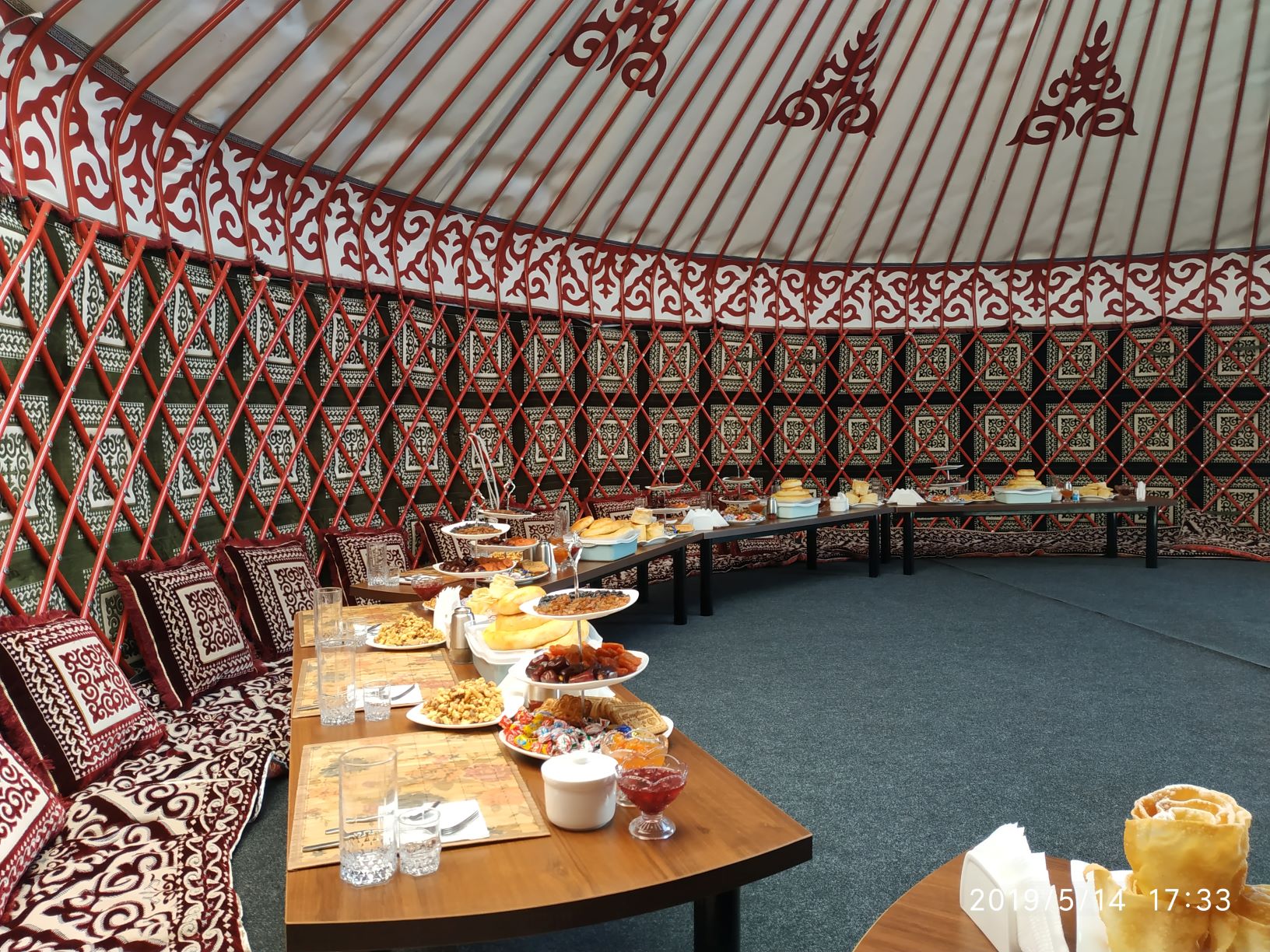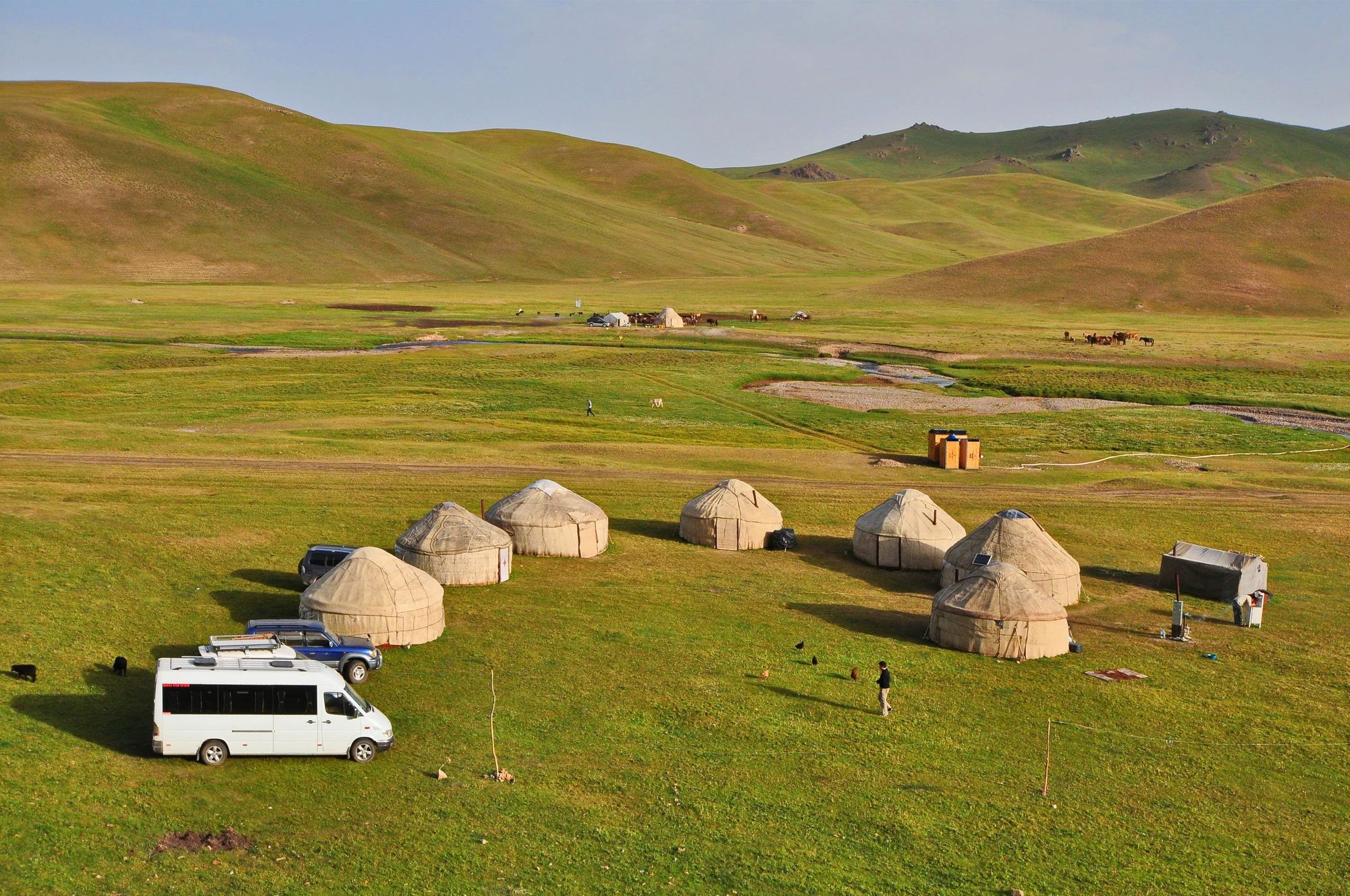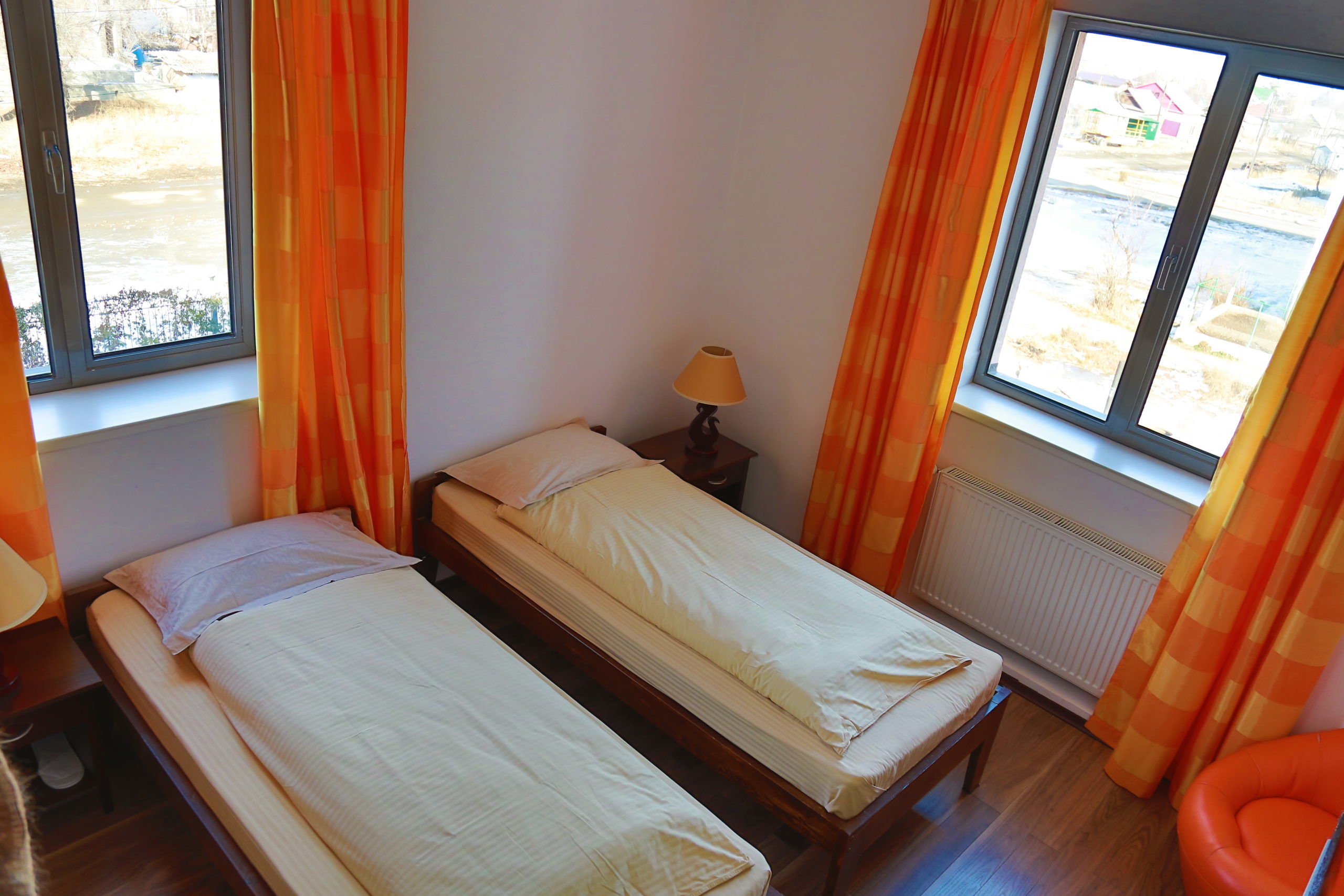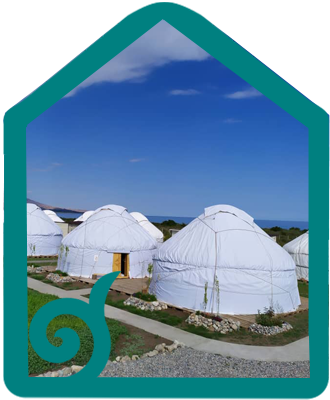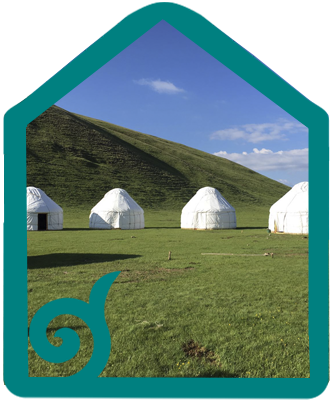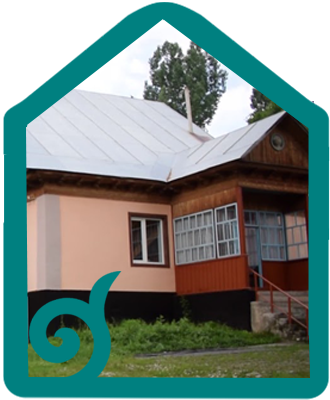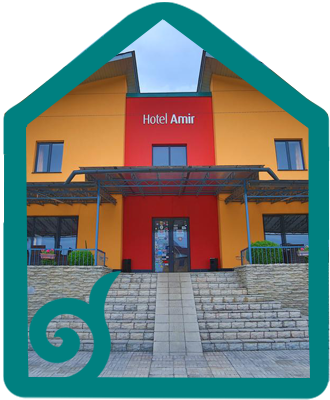Your trip to Kyrgyzstan
Yurta tour
Tour from yurta to yurta. Feel the nomadic life
Silkroad Tour
Tour from yurta to yurta. Feel the nomadic life
Trekking Tour in Kyrgyzstan
Tour from yurta to yurta. Feel the nomadic life
Biking Tour
Tour from yurta to yurta. Feel the nomadic life
Festival Tour
Explore Kyrgyz culture. Feel the nomadic life and learn the traditions
Weekend Tour
Tour of two days for hiking and enjoying the outdoor activites
Want your trip tailor-made?
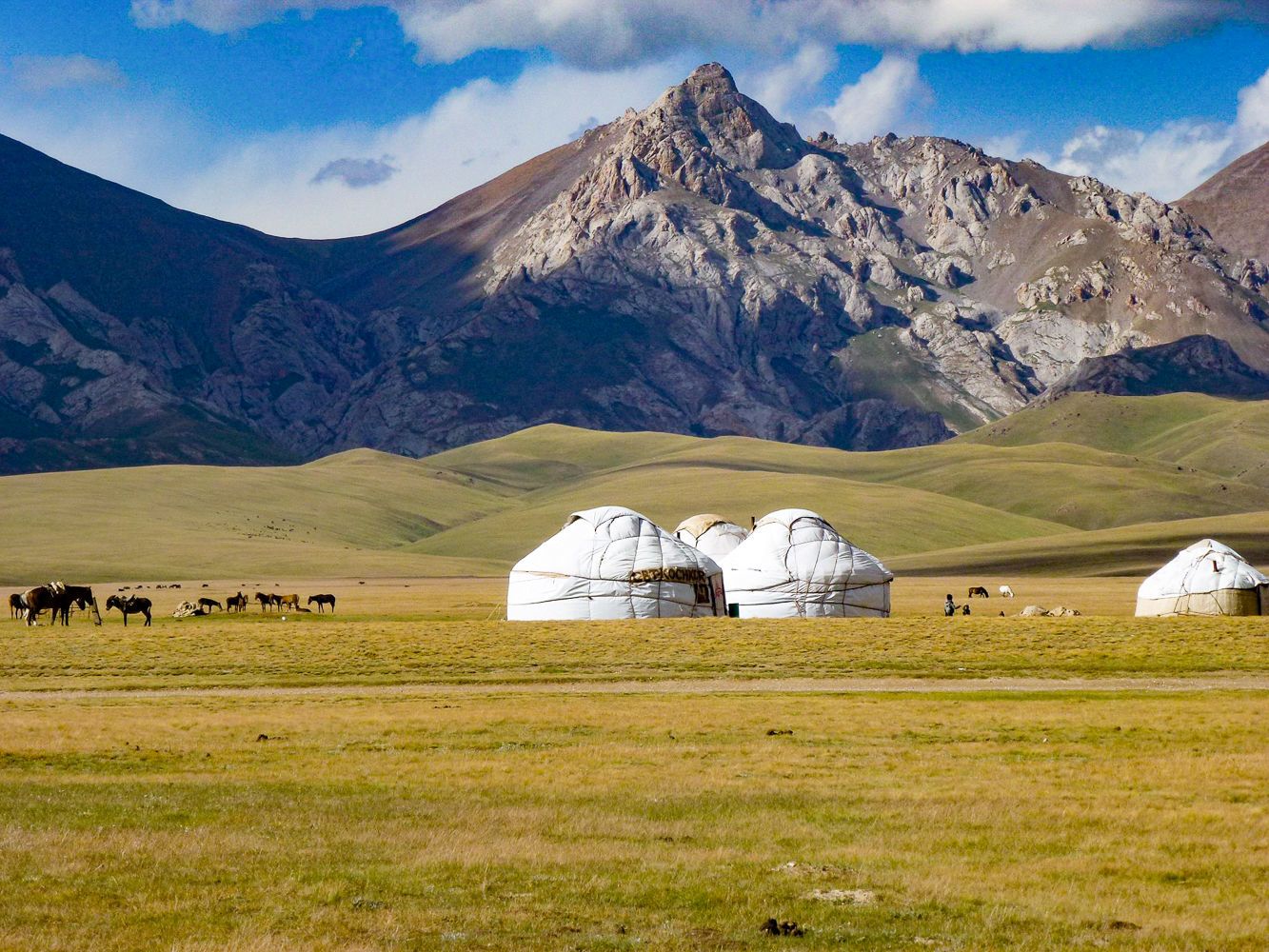
Along with walnuts, cotton and many other crops, Kyrgyzstan is famous for its apricot orchards. Apricot has a special place in our country. This fruit crop grows mainly in the Issyk-Kul and Batken regions, the stony and dry soil of these regions is well suited to unpretentious plants. Juices, jams, dried fruits are produced from apricot in Kyrgyzstan and of course apricot is exported to other countries, mainly to Russia.
Kyrgyzstan is a unique country with enchanting mountain landscapes, crystal-clear rivers and wonderful mountain lakes. The country is also famous for its relict walnut and fruit forests that grow in the Jalal-Abad area. These forests are the largest in the world. Scientists claim that the age of these forests is more than 50 million years. One of the many legends says that Alexander the Great was in the village with his army and brought nuts to Greece on the way back and spread them all over the country.
Rafting is one of the most exciting outdoor adventures in Kyrgyzstan. There are routes for both professionals and beginners. Kyrgyzstan is incredibly rich in mountain rivers with twisting turns and spectacular rapids, then rafting guarantees you the maximum squall of the most adrenalinous and enthusiastic emotions.
Kyrgyzstan is a country where, at the crossroads of the Great Silk Road, the traditional nomadic culture and settled culture united. Therefore, Kyrgyz national cuisine is an amazing combination of meals of various Central Asian nationalities: Kyrgyz, Uzbeks, Uighurs, Dungans and other peoples. A distinctive feature of Kyrgyz dishes is that all of them are prepared exclusively from fresh products and are rarely stocked for future use.
Nowadays Kyrgyz festivals are the best way to preserve ancient traditions, holidays that are visited not only by native people, but also by guests from all over the world. The most popular festivals are festivals dedicated to birds of prey hunting, horse games, cuisine, felt production, various crafts. Many Kyrgyz festivals are held on summer pastures (jailoo), where whole yurt camps are set up.
Bokonbaevo village, located at an altitude of 1800 m above sea level, is a picturesque village on the southern shore of the magnificent Issyk-Kul Lake, which is called the pearl of Kyrgyzstan for its amazing beauty. Located between the Terskey Ala-Too Mountains and the southern coast of Issyk-Kul, Bokonbaevo attracts visitors with its natural beauty and traditions. The village is also well known for its yurt camps and guest houses, some of which are located directly on the shore of Lake Issyk-Kul. In addition, the village is a great place to start hiking in Terskey Ala-Too or in the nearby hot springs and waterfalls.
Since ancient times, Kyrgyz tribes engaged in nomadic cattle breeding. For fruitful activity, they have developed convenient dwelling, which could be easily assorted, transported on animals and reinstalled. Prevailing type of dwelling was portable one – which is yurt.
Any nation as well as Kyrgyz ethnic group has its own cuisine. Ancient traditions of preparing food are the most stable. Being created and worked out for ages variety of dishes and ways of their cooking are deeply distinctive and original.
One of the peculiarities of Kyrgyz national cuisine is that all products mainly preserve their natural look and taste. The main ingredients of Kyrgyz national cuisine are: meat, milk, vegetables and fruit, and also flour products are widely used.
One of the most ancient arts of the Kyrgyz people was the felt one. An important component in the decoration of the yurt is shyrdak – ornamental felt carpet. The principles and distinctive features of the national pattern are declared in the main art of the Kyrgyz people - shyrdak. It is a carpet for a floor, is produced from densely rolled wool of a sheep shorn in autumn, which consists of the central field and a border.
The nomadic way of life has largely determined the national traditions, customs and ceremonies of the Kyrgyz people. Family traditions occupy a significant place, having formed over the centuries; reflect the wisdom accumulated by many generations. Everything was concentrated around the family: marriage, the birth of a child and death.
From ancient times the Kyrgyz devoted great attention to national games and entertainments without which none of holidays was held. At the same time, the nature of many games was associated with the conditions of nomadic life, which required constant readiness to actions full of courage, strength and agility. The national horse games was and remains the most favorite and honorable once
Traditional Kyrgyz clothing
The clothes of the Kyrgyz have always had many peculiar features typical for nomadic clothes. The explanation lies in the historically established way of life. Since ancient times, the Kyrgyz have been engaged in nomadic cattle breeding. Another factor was the climate of the mountainous country with its sharp temperature fluctuations.
“Manas” is an encyclopedical collection of the Kyrgyz mythologies, fairy tales, legends that are brought into one time and grouped around one hero-man Manas. Life style, customs, geography, religious and medical understanding of Kyrgyz people and the international relations found their expression in this epopee.
Hunting with the golden eagle is one of the most common types of traditional hunting in Kyrgyzstan. The golden eagle is used for hunting predatory, furry rodents and other small animals. It is an ancient tradition that goes back to the times of the Mongol Khanate in Central Asia (XII - XIII centuries).
On the territory of the country there are deserts, semi-deserts, steppes, meadows, forests, bushes, swamps and mountain tundras. In the northern part of the country steppes, meadow-steppes, meadows, bushes and forests are more common. In the south, semi-deserts and deserts are more common due to the dry climate.
Origin of Great Silk Road is related to II century B.C. And the term “Great Silk Road” was introduced in the science of historical academicians of XX, after German traveler and historian K.Rikhtgofen wrote his work “China”, in which he for the first time defined this commercial way through the Eastrn countries naming it “Silk Road”.
The Great Silk Road in Kyrgyzstan is represented by sections of different branches, which are well expressed and marked by different cultural monuments demonstrating three chronological positions: antiquity, early and developed Middle Ages (2nd century B.C. – 16th century AD). It is safe to say that our country was part of the zone of early contacts, both in the south and north of its modern territory.
Kyrgyzstan is a paradise for fans of active and recreational tourism. Magnificent Tien Shan and Pamir-Alay mountains, virgin nature, alpine pastures, numerous lakes, waterfalls, canyons, caves, alpine meadows, hot springs, forests and deserted steppes await you.
Situated at the crossroads of the Great Silk Road, Kyrgyzstan still preserves unique ancient monuments. If you have never been in Kyrgyzstan, it means that you simply have no idea how interesting it is.
